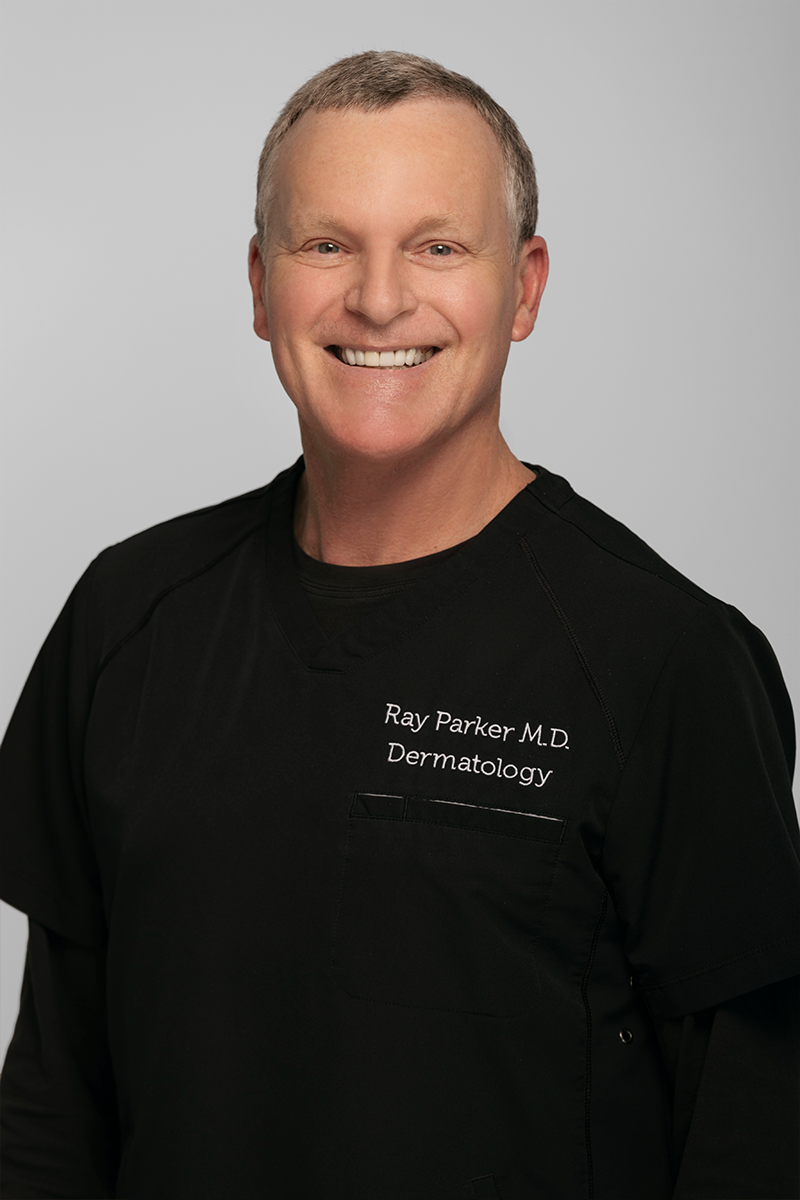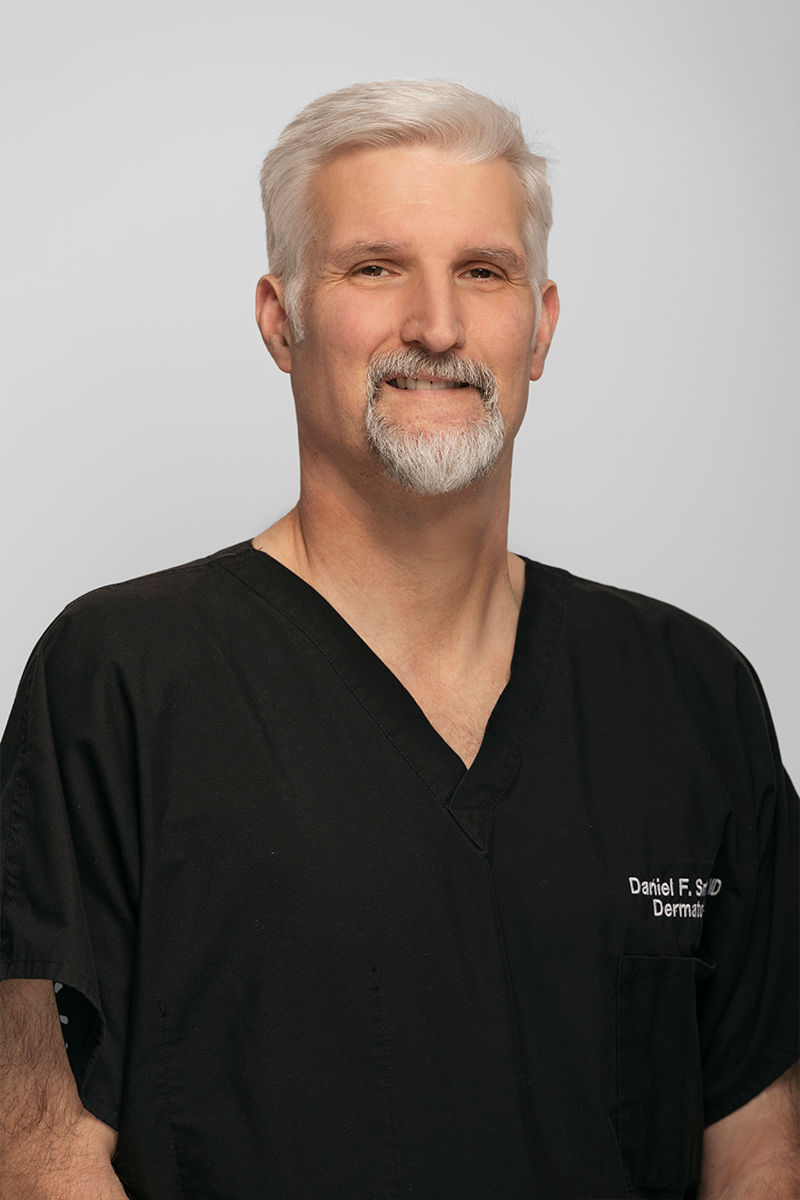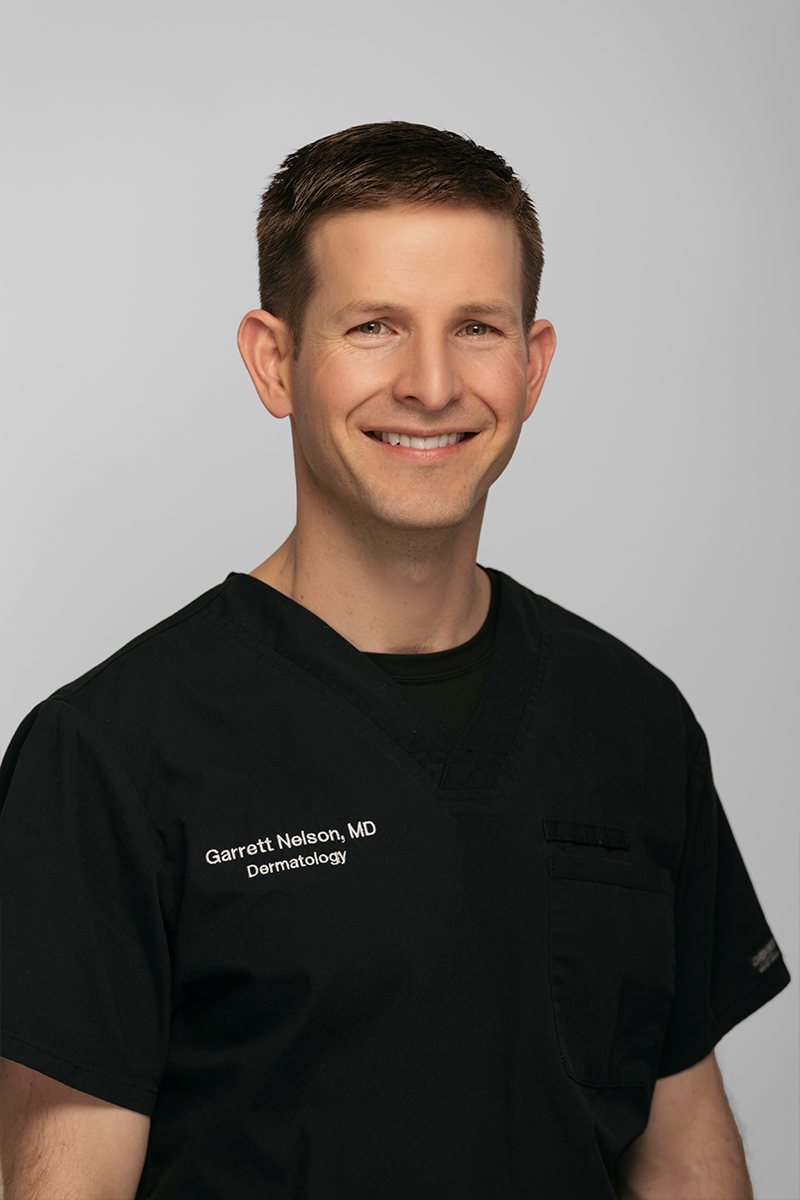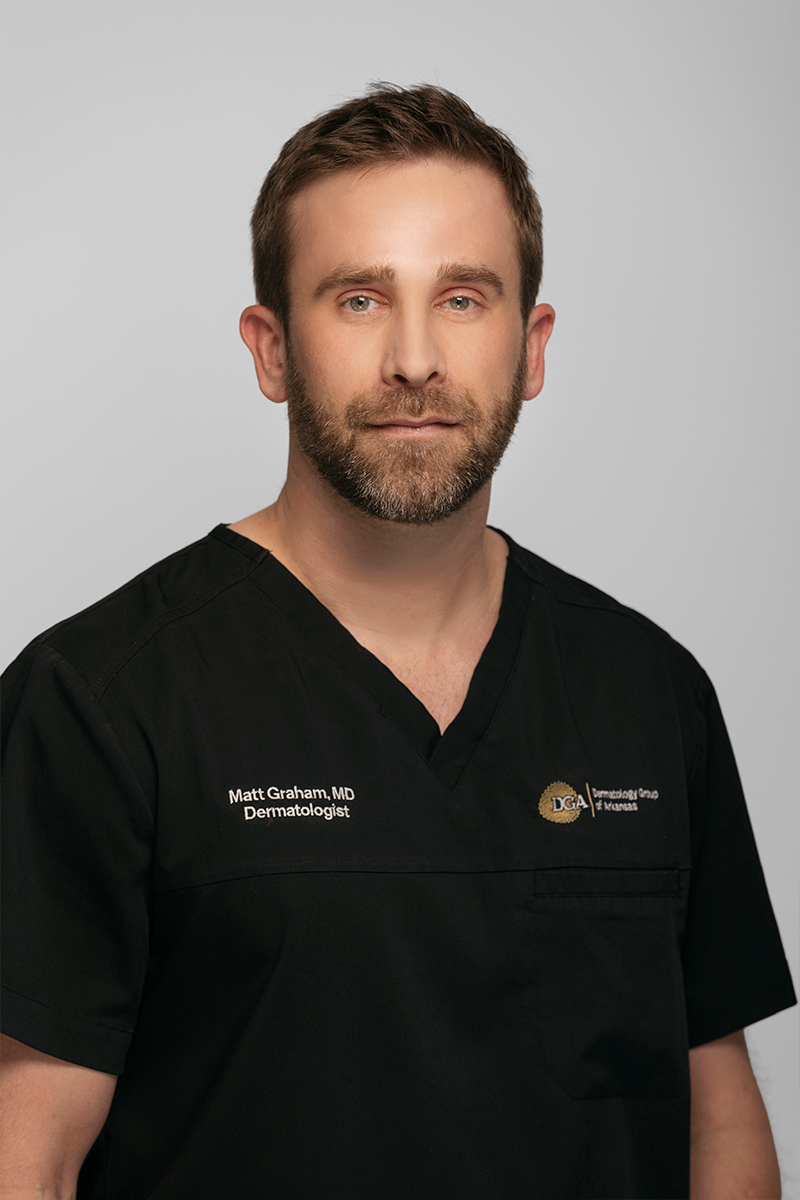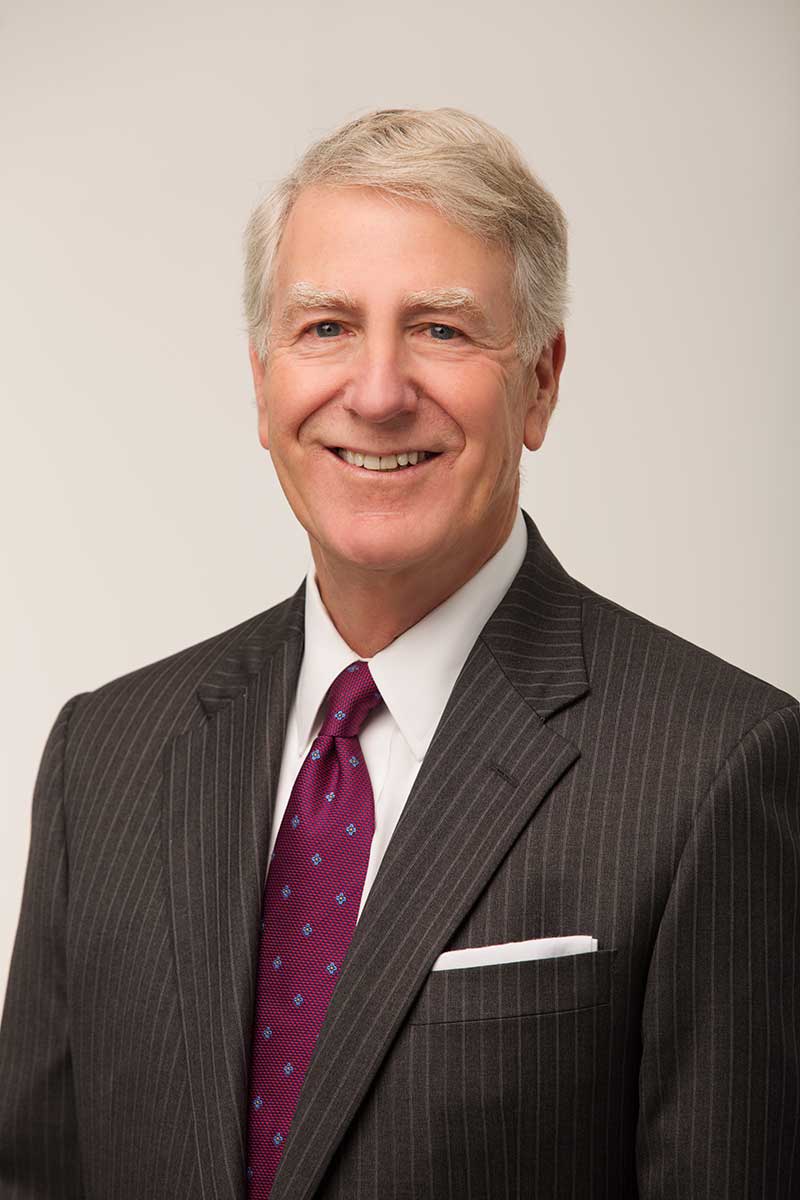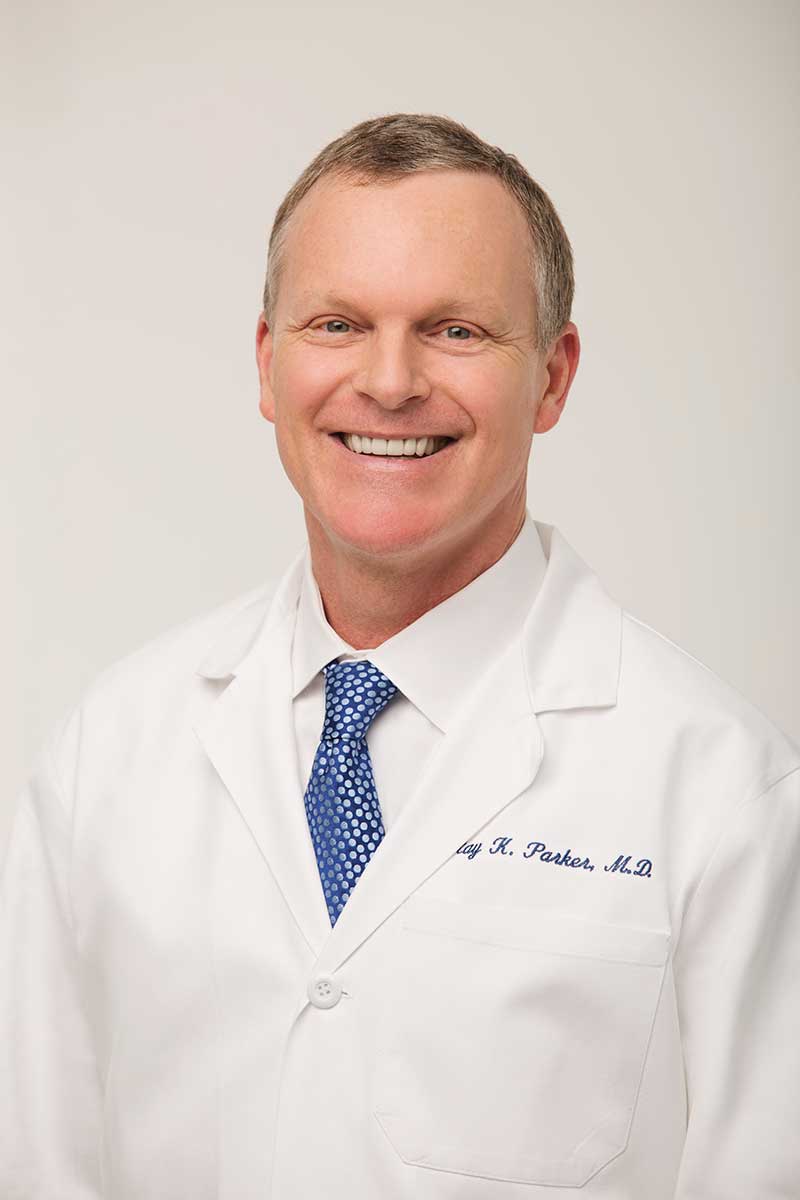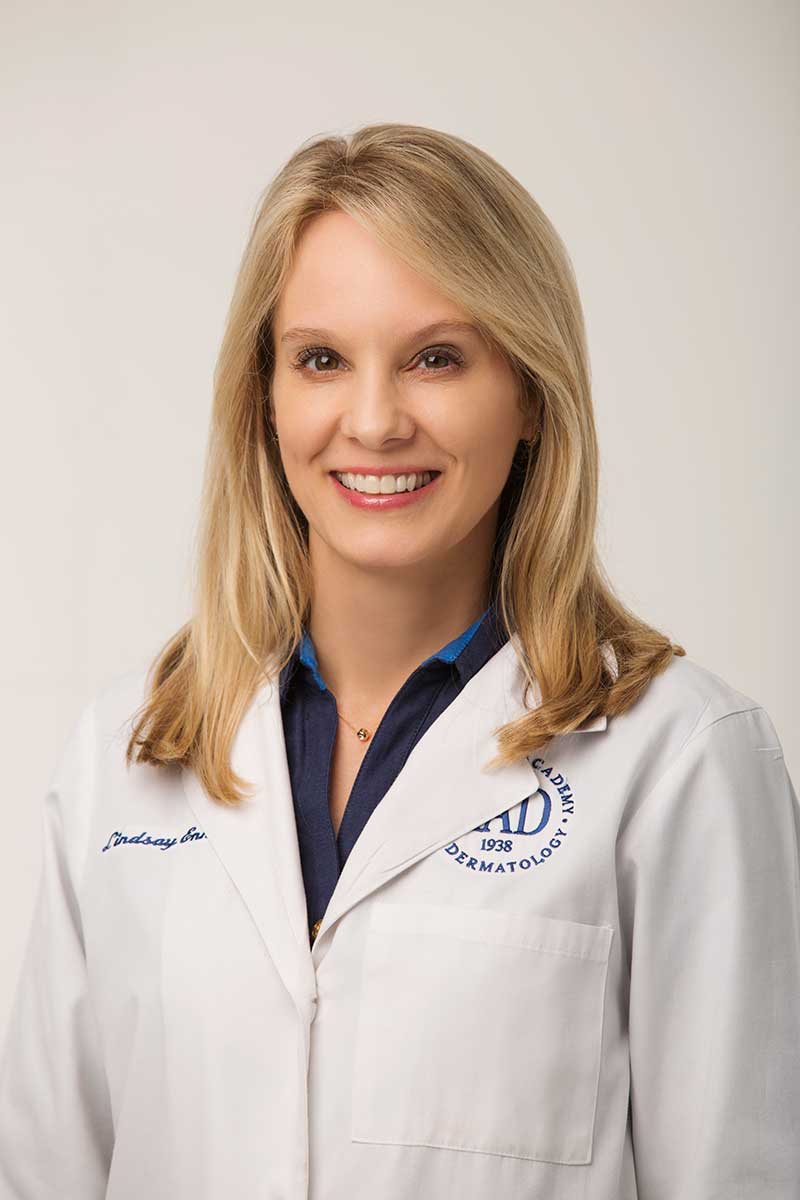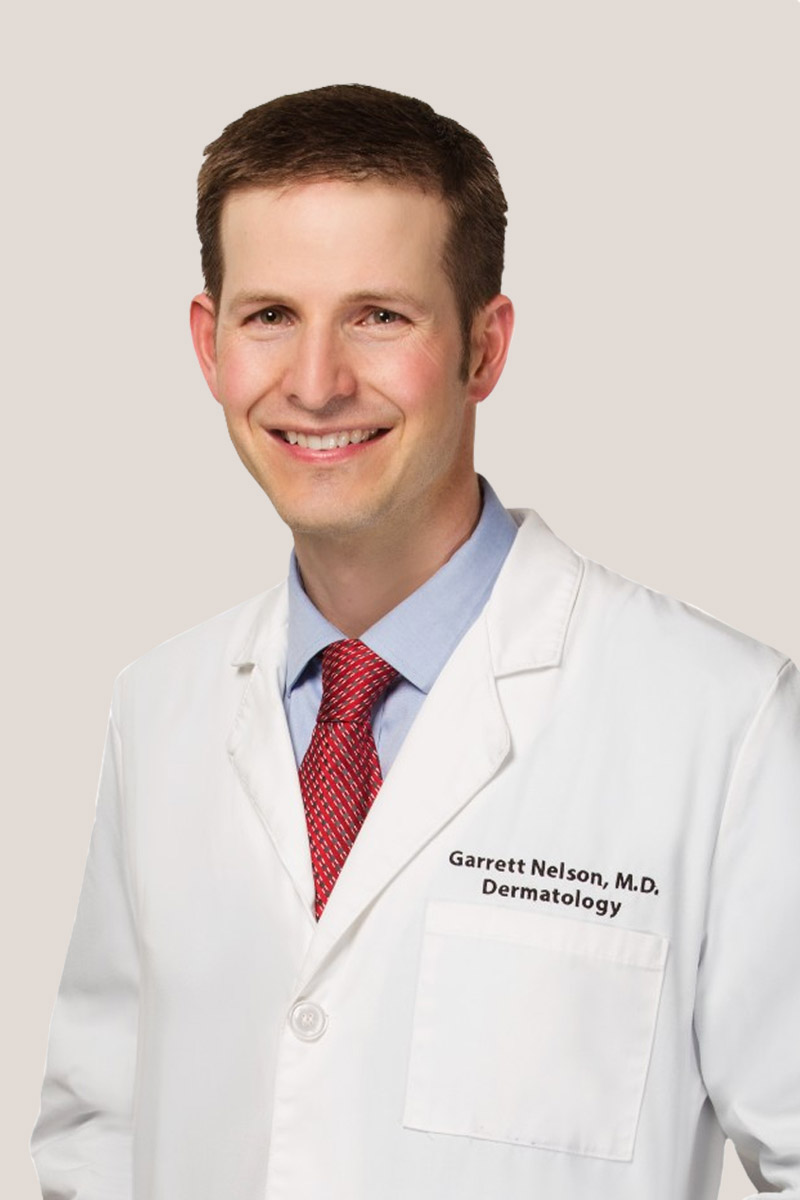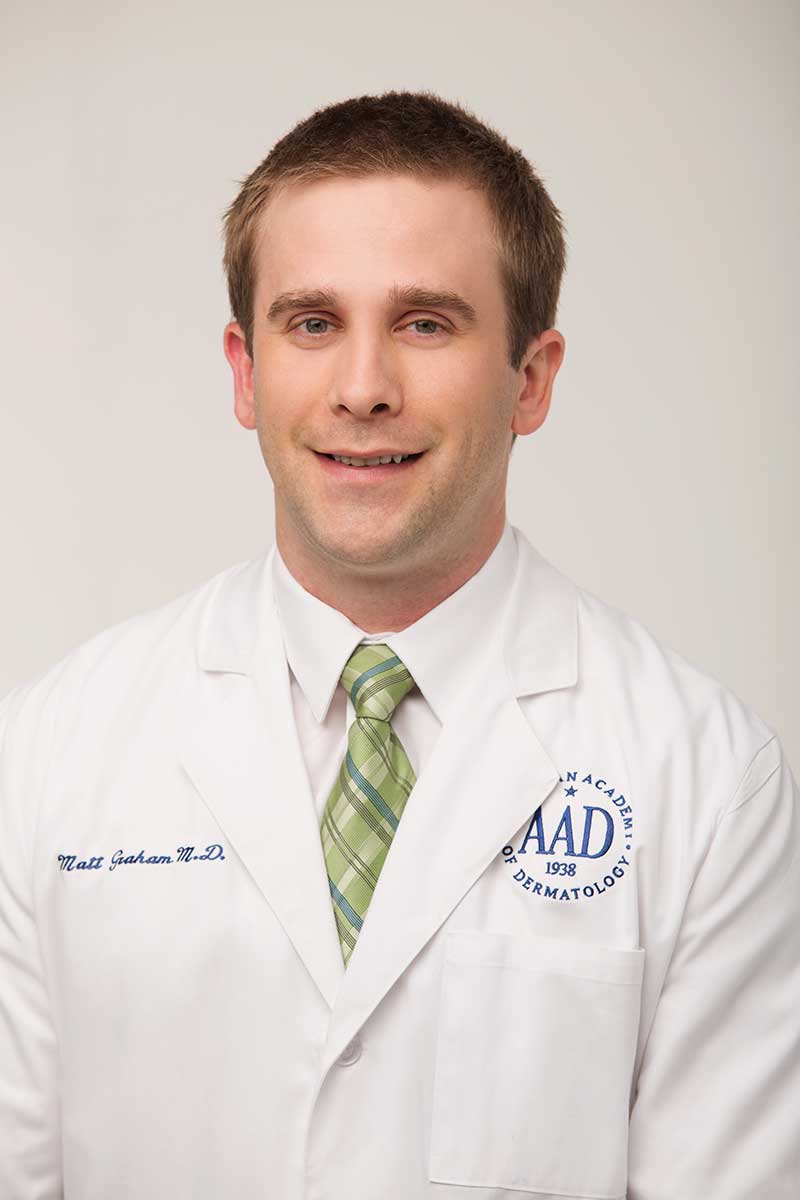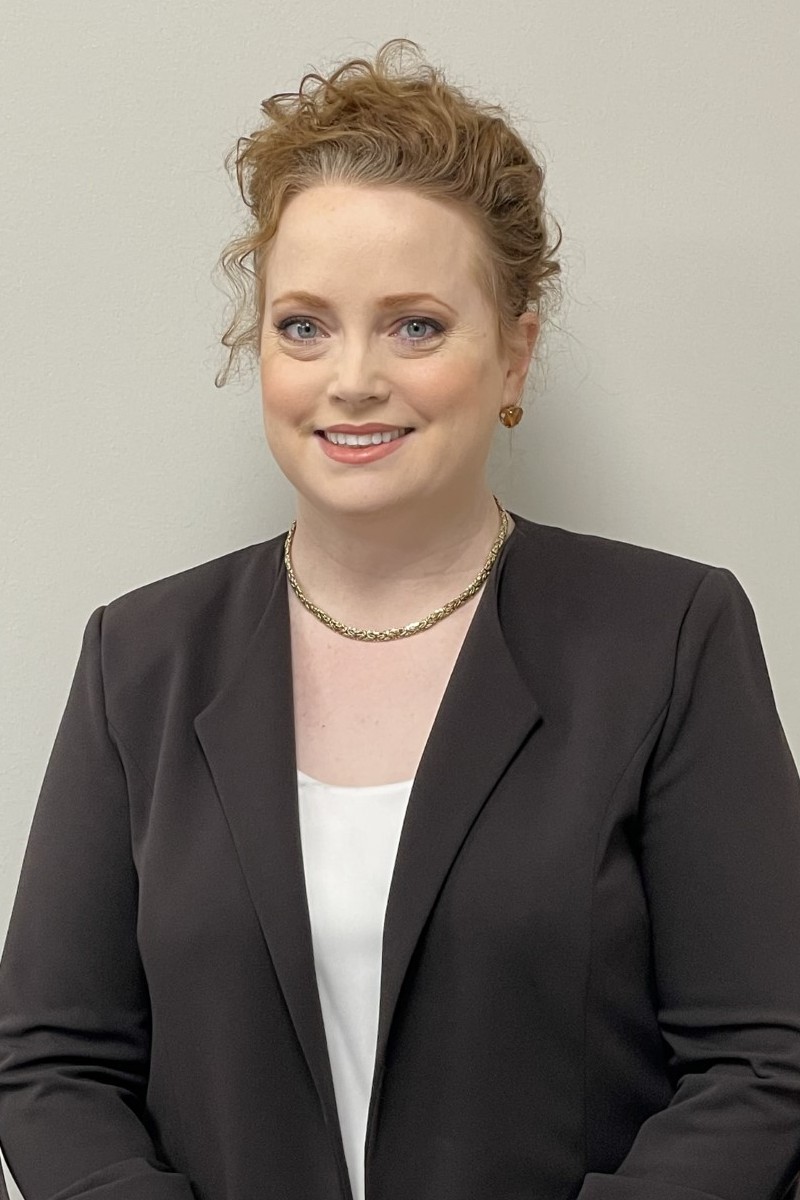Laser Skin Resurfacing
Get Smoother, More Youthful-Looking Skin with ProFractional Therapy or Halo in the Little Rock Area
The surface of our skin is what everyone sees when they look at us. Unfortunately, it’s also where many signs of aging and sun damage sit: right at the top, visible to all. Pores clog, dead skin cells accumulate, and we gradually get a worn-out, dull look. With laser skin resurfacing, the Little Rock area’s Dermatology Group of Arkansas can address numerous conditions.
Laser skin resurfacing is a very effective cosmetic treatment, using advanced technology that’s been developed over years to safely generate beautiful results. Dermatology Group of Arkansas uses ProFractional therapy, as well as Halo, a hybrid fractional laser designed to combine two types of therapies into a highly customizable treatment.
Contact Us Today
Schedule your consultation for laser skin resurfacing for Little Rock, all of Central Arkansas, and beyond today. Call us at the Dermatology Group of Arkansas at 501-227-8422 or submit a contact form.
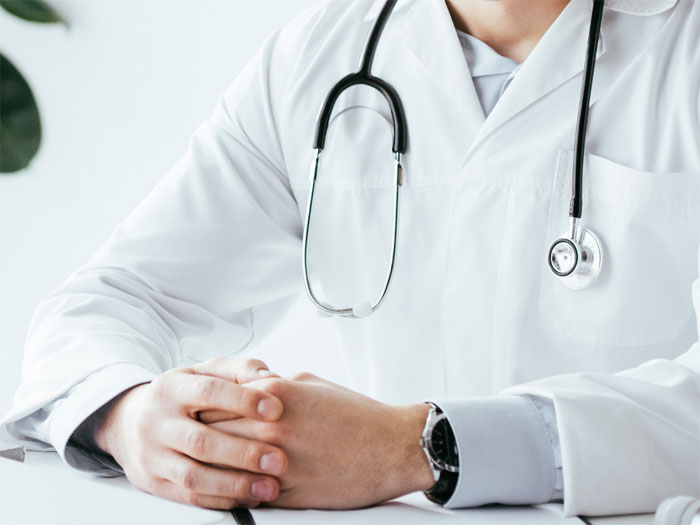
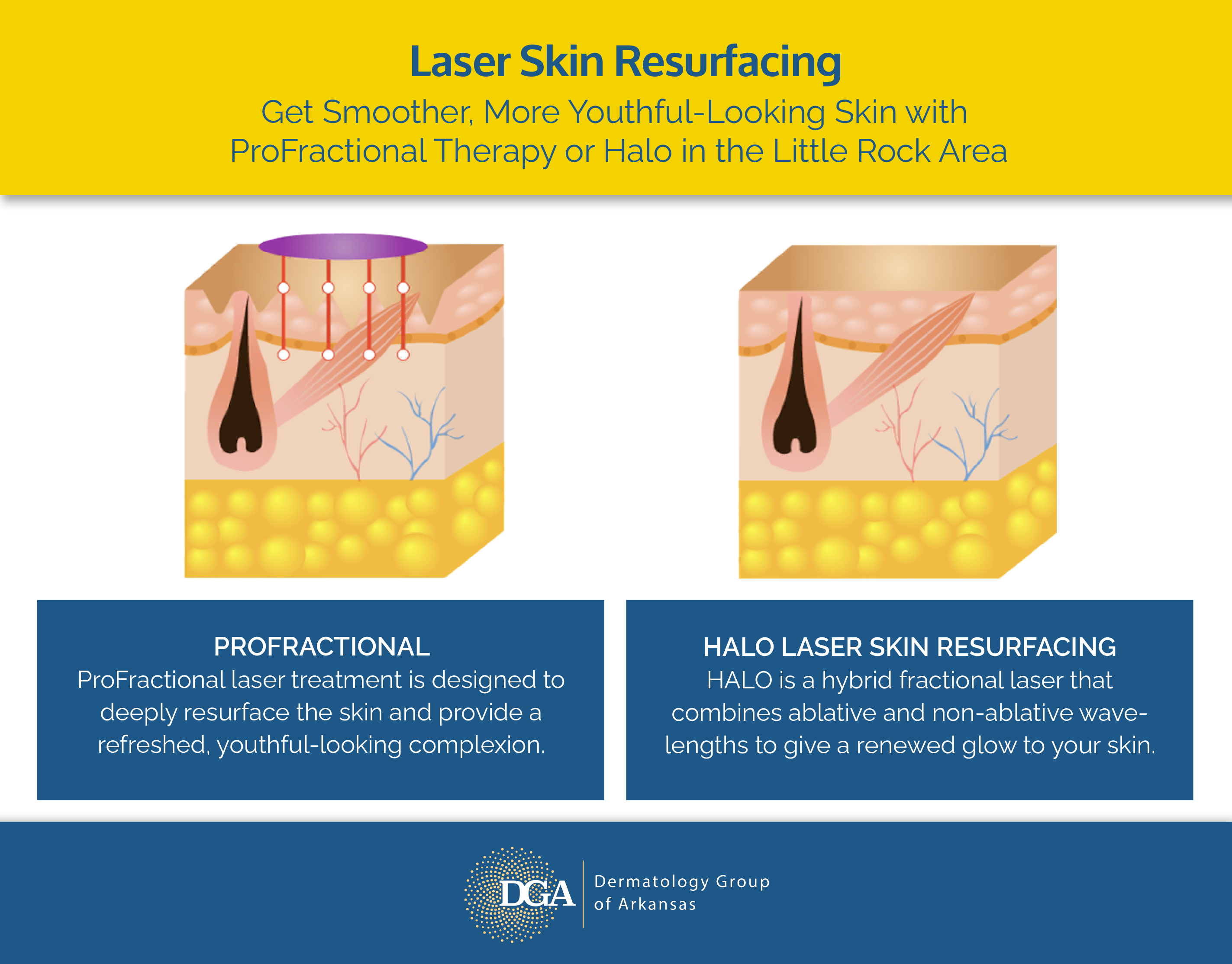
HALO and ProFractional at the Little Rock area’s Dermatology Group of Arkansas are highly effective fractional laser treatments for revitalizing your skin. ProFractional deeply resurfaces skin, stimulating natural collagen to improve wrinkles, skin dullness, and more. It is ideal for deep resurfacing and scar revision. HALO is a highly customizable laser that improves sunspots, wrinkles, skin dullness, and other cosmetic concerns, enhancing your skin’s texture and clarity.
How Does Laser Skin Resurfacing Work?
The Halo hybrid fractional laser accomplishes laser skin resurfacing two ways. One method sends light energy through the surface to coagulate the existing collagen beneath, as well as trigger renewed collagen production for a smoother and tighter look.
The other method vaporizes tiny areas of the outermost layer of skin, creating numerous small points the body will then heal—which also improves the look, feel, and health of the skin overall. This is also the way ProFractional therapy works.
Patients can choose one or the other laser skin resurfacing option depending on the results they want and how much time they can devote to healing after. The laser skin resurfacing method that removes small points of skin is known as ablative, while the other is termed non-ablative.
The ablative and non-ablative technologies can also be combined into a single treatment with Halo to get the best of both options: a more dramatic laser skin resurfacing result with less healing time required.
Our experienced team will work directly with you to choose the laser resurfacing approach best suited for the current state of your skin and your cosmetic goals.
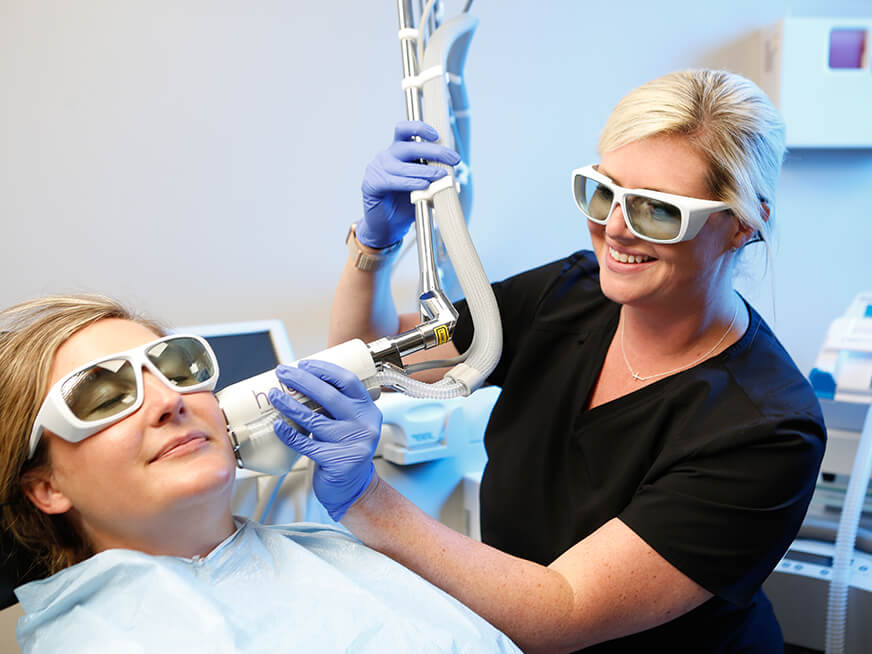
What Can Laser Skin Resurfacing Address?
Many of the signs of aging and sun damage common to the face can be treated with laser skin resurfacing. Some of the most popular conditions to address include fine lines and wrinkles on areas such as around the eyes, on the forehead, or around the mouth, sun damage, birthmarks, age spots, liver spots, hyperpigmentation and pigmented lesions, and general dullness. Laser skin resurfacing can also reduce the appearance of overly large pores, as well as acne scars and other similar marks.
Resurfacing sessions can also address actinic keratoses, which are lesions caused by sun exposure that can develop into skin cancer if left untreated.
Meet Your Doctors
Meet Your Doctors
Meet Your Doctors
Who is a Good Candidate for Laser Skin Resurfacing?
Anyone who has skin concerns associated with aging, sun damage, or acne that can’t be addressed with over-the-counter skincare products may be a good candidate for laser skin resurfacing. Patients who have active acne breakouts, very dark skin tones, deep wrinkles, or excessive or sagging skin may not be good candidates for the treatment.
Keep in mind that laser skin resurfacing carries a higher risk of hyperpigmentation for darker skin tones.
How Do You Prepare for Laser Skin Resurfacing?
Prior to your treatment, our team will discuss your medical history with you, perform a physical exam, and talk to you about your expectations. Let us know if you are prone to getting fever blisters or cold sores around the mouth, since laser skin resurfacing can sometimes trigger flare-ups of these conditions.
To prepare for laser skin resurfacing, it’s recommended that you avoid tanning or excessive sun exposure. Apply a broad-spectrum sunscreen to your skin for four weeks prior to your treatment, refrain from getting deep facial peel procedures like chemical peels or dermabrasion, and don’t take medications that increase photosensitivity for at least 72 hours prior to laser skin resurfacing. You will also be asked to refrain from taking medications that affect blood clotting (such as aspirin) for at least 10 days before your laser treatment.
What Can You Expect from Laser Skin Resurfacing Aftercare and Recovery?
Patients can leave the office right after having laser skin resurfacing. You will probably be excited to see what the results from laser skin resurfacing will look like, but some downtime will still be necessary to ensure that your skin heals optimally. Your unique timeline for recovery will vary depending on which type of laser treatment you have, how aggressive the laser is, and the size of the area that is treated.
Your skin may react in various ways after it has been treated with laser skin resurfacing. It’s common to experience mild discomfort, and the sensation may feel similar to a minor sunburn. The most common side effects are swelling, redness, itching, dryness, peeling, and stinging—all of which will usually resolve on their own within a few days. For certain types of laser treatments, the skin may be raw or ooze or blister. It’s normal for some swelling to occur on the face, including the area around the eyes.
During your recovery after laser skin resurfacing, you should try to refrain from scratching or picking at crusts, because disturbing them can make scarring more likely to occur. Avoid anything that will interfere with healing. Patients will need to clean the treated area with saline or diluted vinegar solution up to five times a day. Using an ice pack during the first couple of days can help to keep the swelling down. Keep your head elevated and sleep with an extra pillow.
Additionally, you will need to apply protective skin care treatments to promote healing. Keeping your new skin moisturized will also be important. Apply sunscreen that’s designed for sensitive, rejuvenated skin on your face each day. Avoid smoking, since the chemicals can be harmful to the laser skin resurfacing healing process and cause premature aging of the skin. You should also stay away from the gym or other known areas of germs that would make infections more likely to occur.
What Can You Expect from Laser Skin Resurfacing Results?
Treated skin will gradually lighten over the course of several months, but it can take longer for the pinkness to completely fade. The results will continue to improve for up to one year, and they are long-lasting. Patients will be able to enjoy the rejuvenating results for several years.
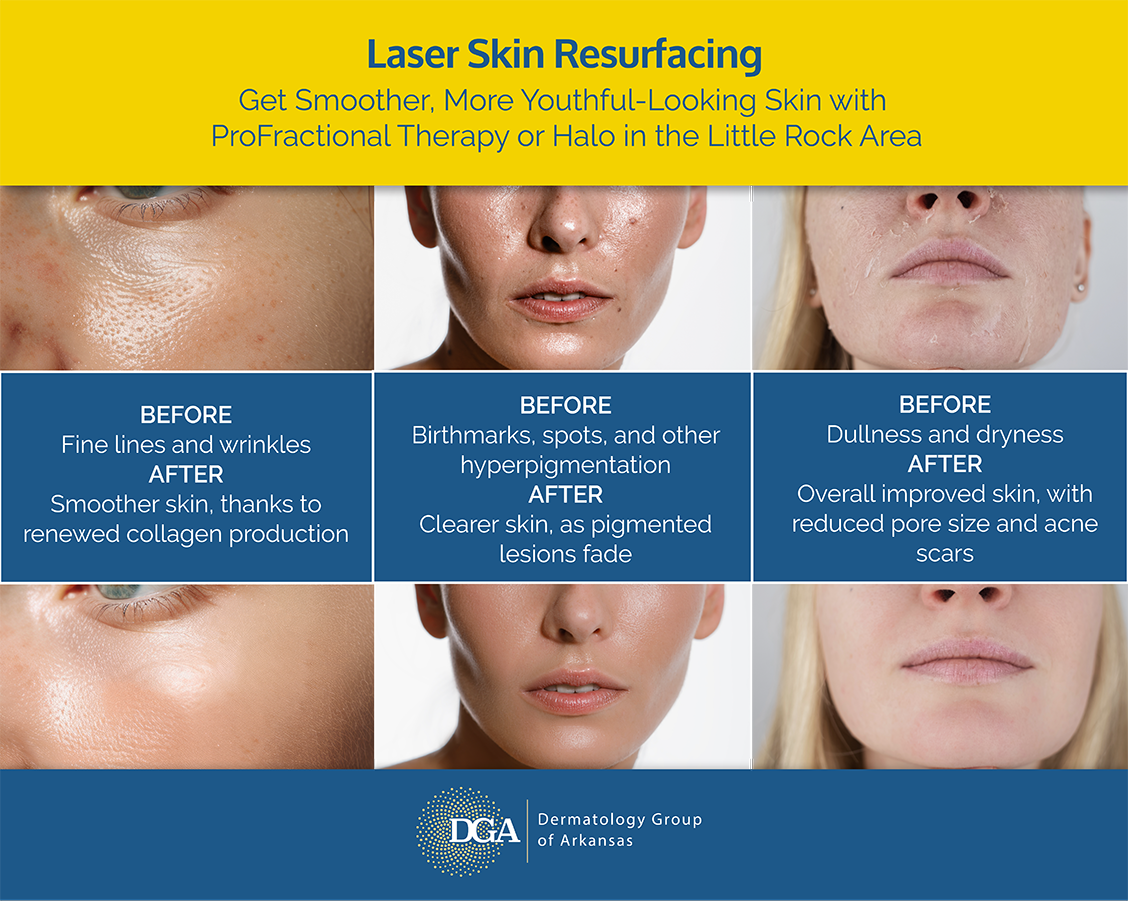
Laser skin resurfacing at the Little Rock area’s Dermatology Group of Arkansas is a versatile treatment that can address a range of issues, including sun damage, textural and pigmentation irregularities, large-looking pores, acne scars, and more. Focused beams of light remove small areas of the skin’s surface, triggering an automatic healing response that improves the look, feel, and health of the skin overall, as well as targets specific cosmetic complaints.
More Light Treatments at Dermatology Group of Arkansas
Patients who want to generally improve the look of their skin without laser skin resurfacing can choose laser skin rejuvenation to get a more youthful and glowing look. We also offer laser hair removal, IPL and BBL treatments (which are not lasers, but use intense pulses of light to improve skin texture and tone), laser acne treatments, SkinTyte (which deploys infrared light to trigger collagen production), and other laser procedures. Discover which is best for you by scheduling a personalized consultation and sharing your goals with an experienced dermatologist.

Contact Us Today
Contact the Dermatology Group of Arkansas today for laser skin resurfacing in the Little Rock area. Submit a contact form or call 501-227-8422.
Stay In Touch
Our team at Dermatology Group of Arkansas is looking forward to hearing from you and building a relationship to help you get your best skin possible. Follow us online, reach out to us directly to set up a meeting, or both!
